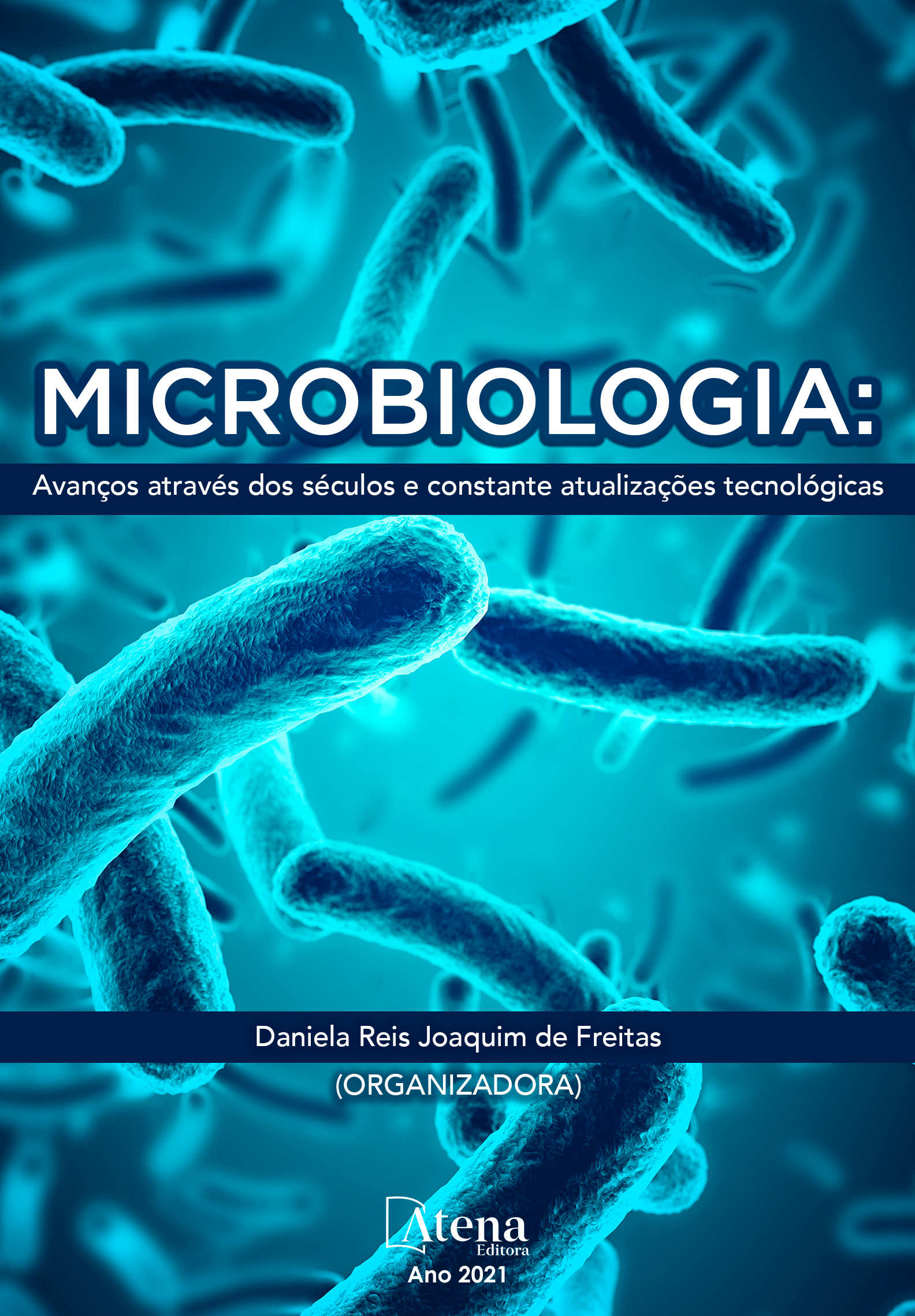
APLICACIÓN DE PCR Y MALDITOF EN LA IDENTIFICACIÓN DE LEVADURAS DEL GÉNERO CANDIDA
En los últimos años el padecimiento por hongos oportunistas incrementó notablemente, siendo la candidiasis la micosis más frecuente. La candidiasis es una micosis oportunista ocasionada por levaduras del género Candida. Esta micosis es generalmente de origen endógeno, y puede localizarse a nivel superficial, en tejido celular subcutáneo y, en casos extremos, en órganos y tejidos. Hasta hace algunos años C. albicans era la especie reportada con mayor frecuencia, pero su incidencia ha ido disminuyendo a expensas del aumento de especies no albicans, como C. tropicalis, C. glabrata, C. dubliniensis, C. auris entre otras, las cuales pueden conducir desde una infección cutánea sin sintomatología hasta una infección sistémica con consecuencias fatales en el paciente, pudiendo constituir un importante problema de salud intrahospitalario. Por lo tanto, la identificación rápida y precisa de las levaduras del género Candida, es importante para la aplicación del tratamiento efectivo en estadios tempranos de la enfermedad, la disminución de cepas resistentes, incrementando las posibilidades de supervivencia del paciente. Su identificación se basa en pruebas atendiendo criterios fenotípicos y genotípicos como la PCR especie-específico y espectrometría de masas (MALDITOF), que son útiles, disminuyen el tiempo de identificación y aumentan la sensibilidad y especificidad para identificar microorganismos a nivel de especie. En este capítulo trataremos el uso de PCR y MALDITOF para la identificación de las especies del género Candida y los resultados obtenidos en nuestro grupo con X cepas de Candida.
APLICACIÓN DE PCR Y MALDITOF EN LA IDENTIFICACIÓN DE LEVADURAS DEL GÉNERO CANDIDA
-
DOI: 10.22533/at.ed.3382123118
-
Palavras-chave: Candidiasis, Candida spp., PCR, MALDITOF.
-
Keywords: Candidiasis, Candida spp., PCR, MALDITOF
-
Abstract:
In recent years, the disease caused by opportunistic fungi has increased notably, with candidiasis being the most frequent mycosis. Candidiasis is an opportunistic fungal infection caused by yeasts of the genus Candida. This mycosis is generally of endogenous origin, and can be located superficially, in subcutaneous cellular tissue and, in extreme cases, in organs and tissues. Until a few years ago C. albicans was the most frequently reported species, but its incidence has been decreasing at the expense of the increase of non-albicans species, such as C. tropicalis, C. glabrata, C. dubliniensis, C. auris among others, which can lead from a skin infection without symptoms to a systemic infection with fatal consequences for the patient, and may constitute an important inpatiant health problem. Therefore, the rapid and accurate identification of yeasts of the genus Candida is important for the application of effective treatment in early stages of the disease, the reduction of resistant strains, increasing the chances of survival of the patient. Its identification is based on tests attending phenotypic and genotypic criteria such as species-specific PCR and mass spectrometry (MALDITOF), which are useful, decreasing the identification time and increasing the sensitivity and specificity to identify microorganisms at the species level. In this chapter we will discuss the use of PCR and MALDITOF for the identification of species of the genus Candida and the results obtained in our group with 35 clinical strains of Candida.
-
Número de páginas: 15
- Alejandra Paula Texis Espinosa
- Débora Vázquez Domínguez
- David Iván Loaiza Toscuento
- Eulogio Valentín Gómez
- Teresita Spezzia Mazzocco


